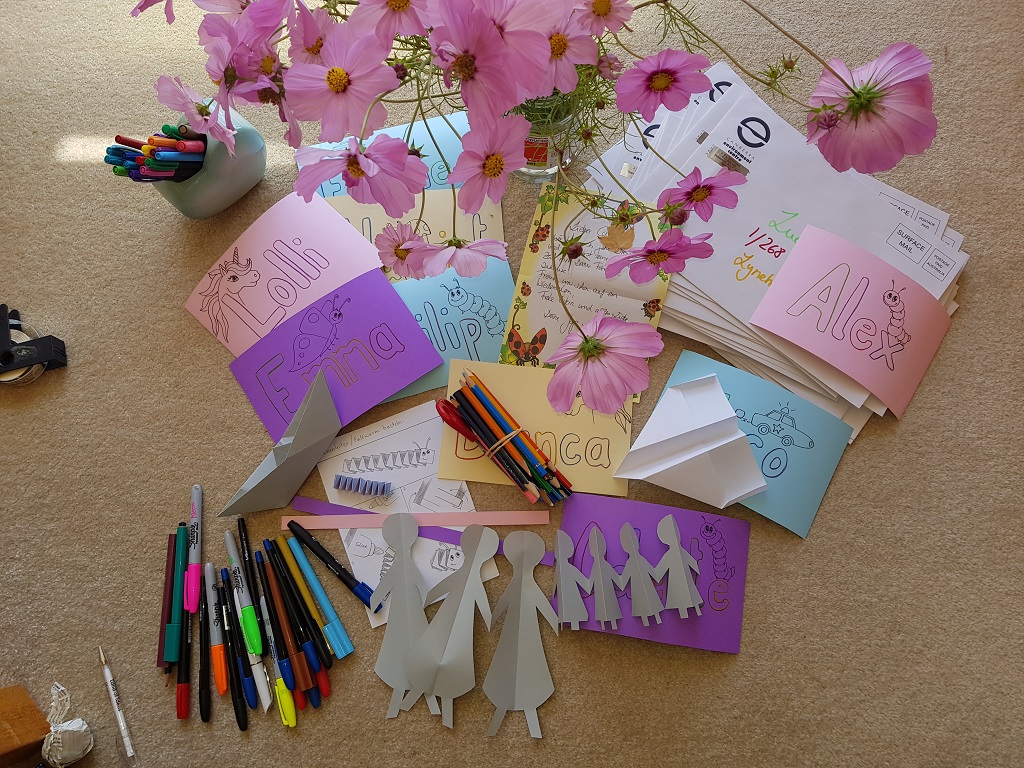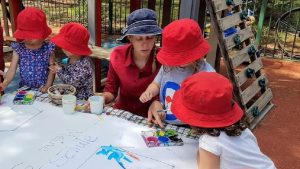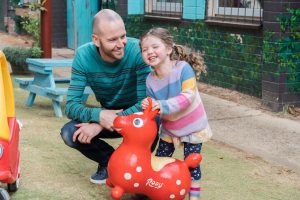Spielwelt German Parents Association is a not for profit organisation running children’s programs in German in Canberra 

Make The Most of Your Mail
Here is how you can augment the education factor (and feel like such an awesome home school teacher) before you even open the envelope of ANY mail! (Children who are lucky enough to be enrolled at GAP will be getting some personalised mail this week, too!)
Spend time talking about:
* what does it say on the envelope?
* who is the envelope for and how can you tell? (address, always in the middle)
* who sent it and how can you tell? (return address, always either top left or on the back, and smaller than the TO address)
* who brought it to your house (the postie) and how did s/he bring it (on foot, by motorbike)? what do posties wear so you can tell they are posties and people can see them on the road?
* how did it get from the teachers to you? The teachers put things inside the envelope and sealed it and wrote the address on it, and then we took it to the post office. The post office sends it to a sorting station. The mail sorting is done by robots and people. The mail sorters don’t read the address from top to bottom like we do when we are reading a story; they read from bottom to top. First they sort the mail by country; then they take all the mail for our country, Australia, and sort that into different boxes for states/territories. Then they sort all the ACT mail into different postcodes. Then they sort by suburb. Then they sort by street and by the postie’s route, and put it into the postie’s bag to take out to the people! Look on a world map or globe to see how that all works.
* look at a map of Canberra, and see if you can figure out where the letter journeyed on its way to you? There’s a postmark showing which post office it started it. Where is your local sorting station? Mitchell? Fyshwick?
* what’s on the pictures on the stamps? does anyone in your family collect stamps? what do other stamps look like? would you like to draw your own design for a stamp?
* what do the stamps mean? (they mean that someone paid the post office to deliver that envelope) how much did they cost?
* is this a brand new envelope or did the sender use recycled envelopes? why is it good to use recycled envelopes? what else can you use your envelope for now?
* sing along to the traditional German children’s song Kommt ein Vogel geflogen, about a little bird delivering a note (ein Zettel) to a child. Fly around the room like a bird, flapping your wings and delivering letters.
* want more? Here’s a kids’ video (in English) explaining the journey of a letter through Australia Post.
* now that you know how the postal system works, maybe think about leaving a note or picture on your mailbox for your postie to show your gratitude for their great community service.
Lisa’s SUPER HOT TIP for parents wanting something to keep kids busy for HOURS for DAYS!!!
Get empty tissue boxes (or some sort of big envelope) and have your kids make mail boxes/pouches for each person in your house (to prop up outside each person’s bedroom door). Kids can then spend HOURS drawing pictures to “post” to their family members. You can even supply some envelopes (recycled from your bills). Be sure to check your personal mailbox regularly and make all the right noises when you find post there: Oh WOW! I got mail!!! “Ich habe einen Brief bekommen!”
Useful German vocabulary:
ein Brief: a letter
eine Briefmarke: postage stamp
ein Briefumschlag: envelope
der Brieftraeger (or die Brieftraegerin): postie (or lady postie), letter carrier
Adresse or die Postanschrift: address
ein Briefkasten: a mailbox
When you make your own mail box, you will surely want to have the German or Australia post logo on it! Here they are:


Viel Spass, everyone!!


